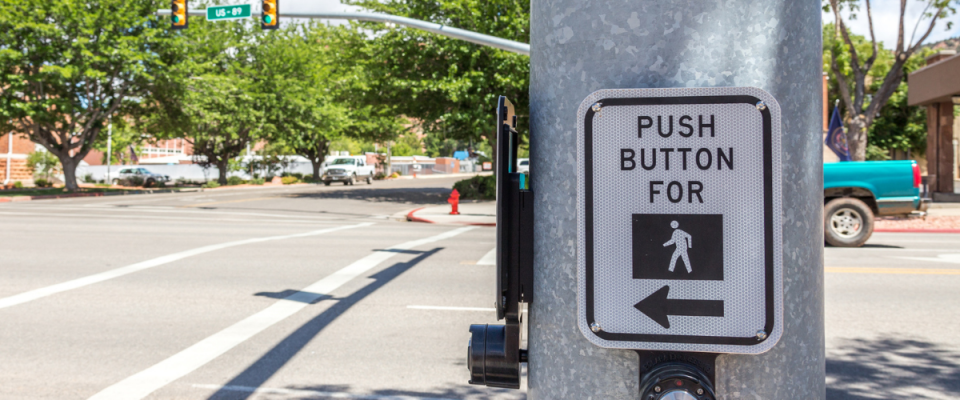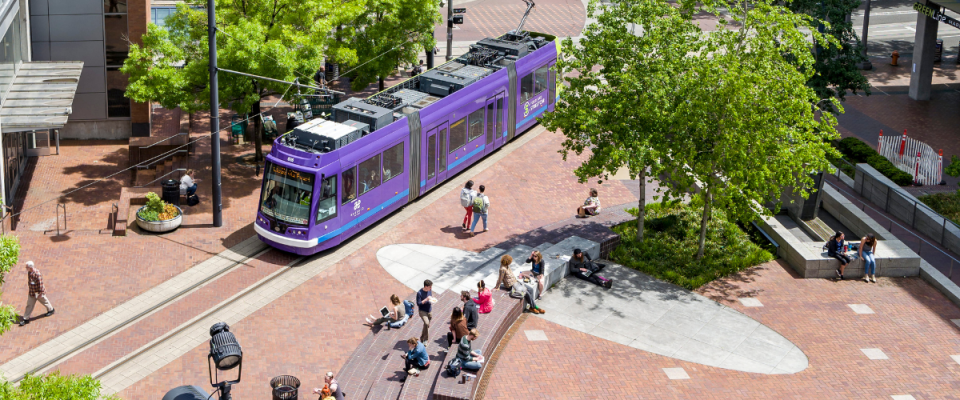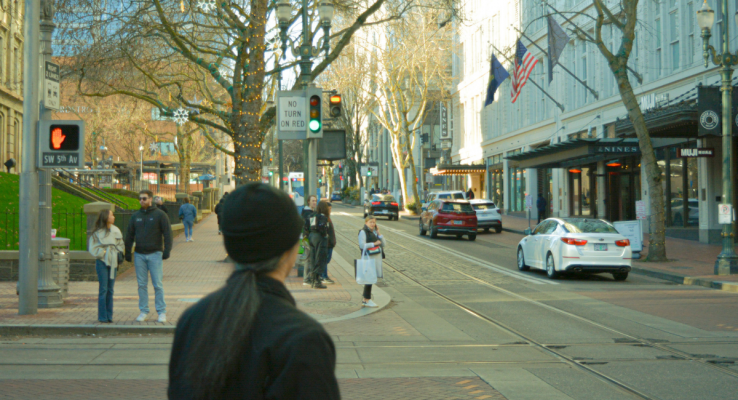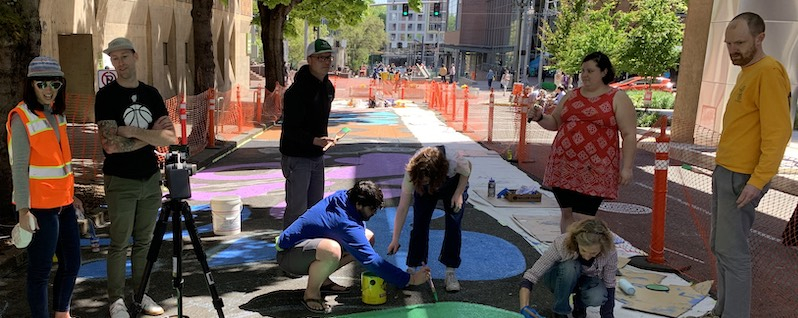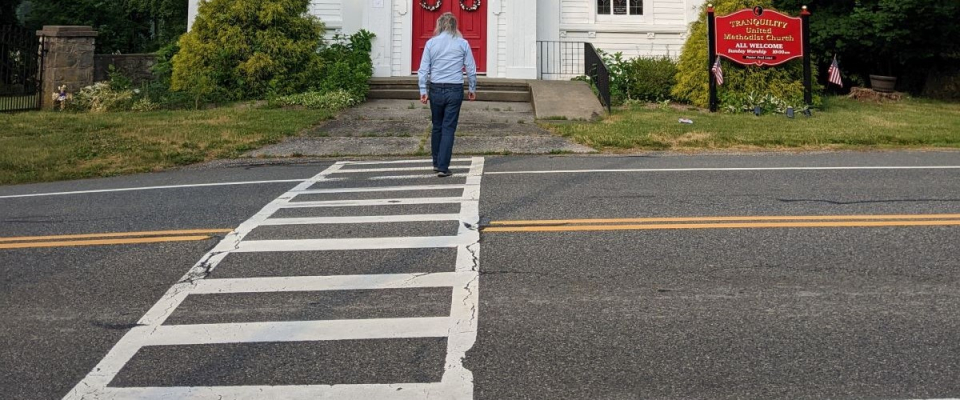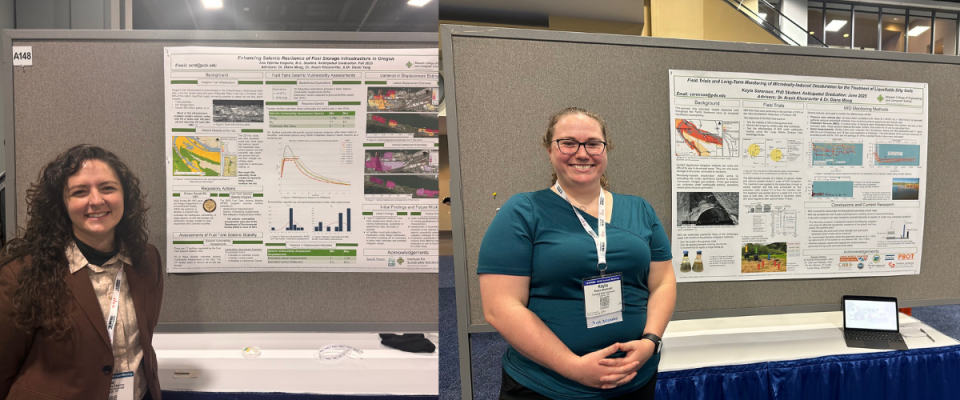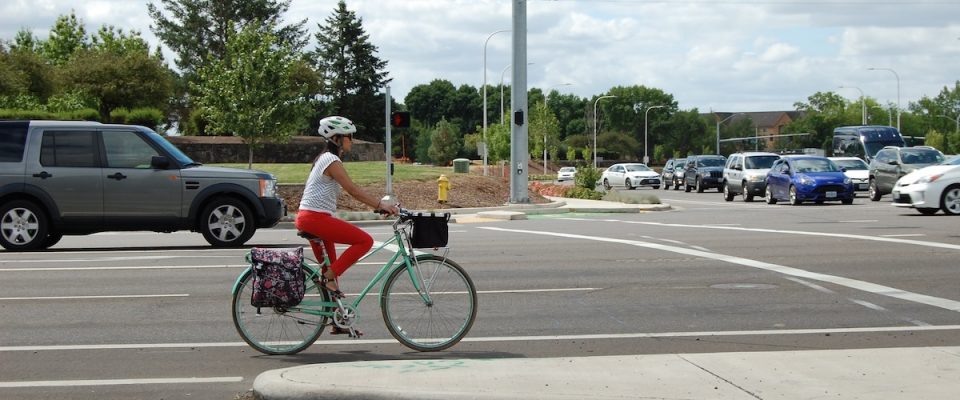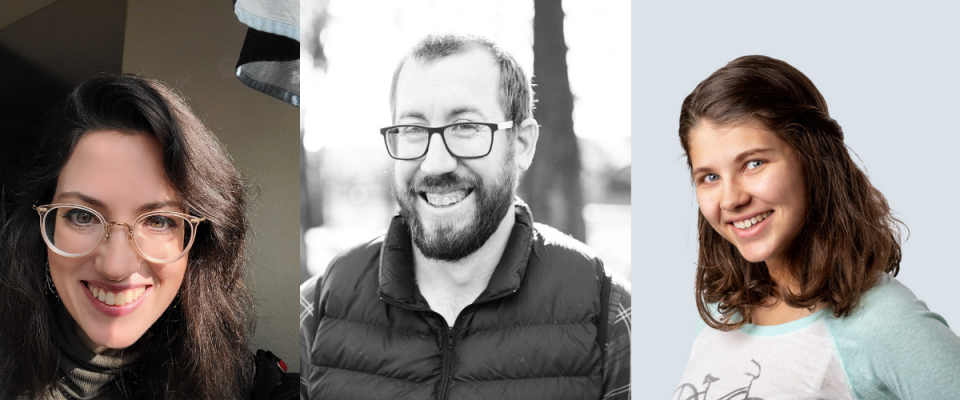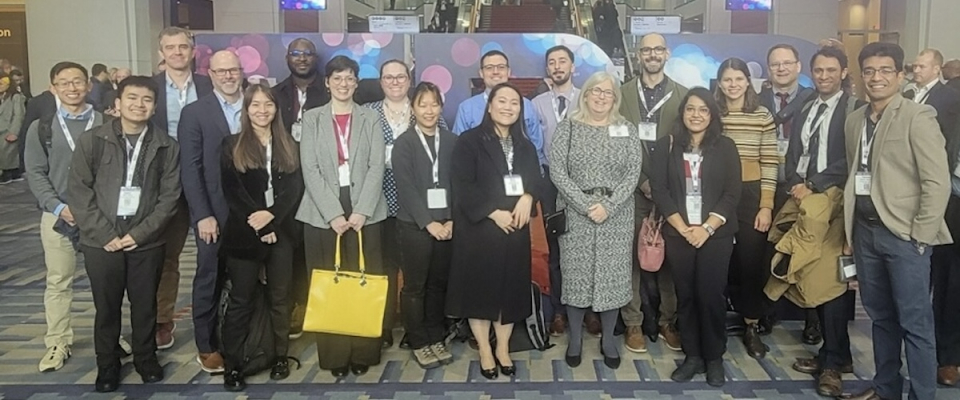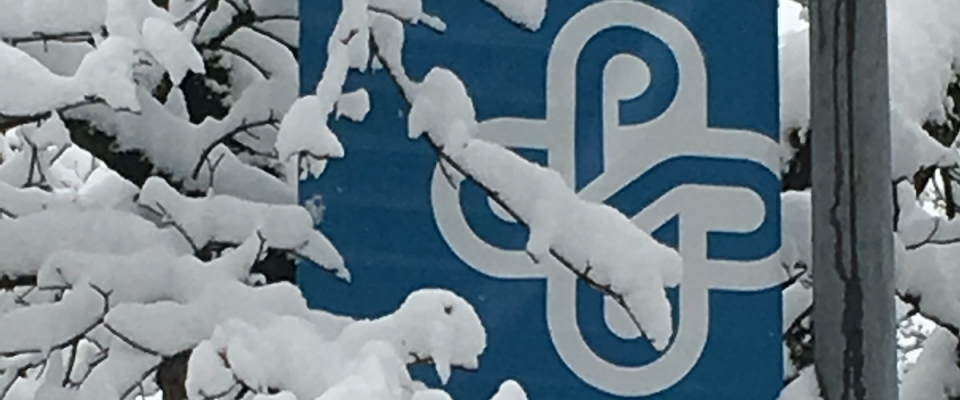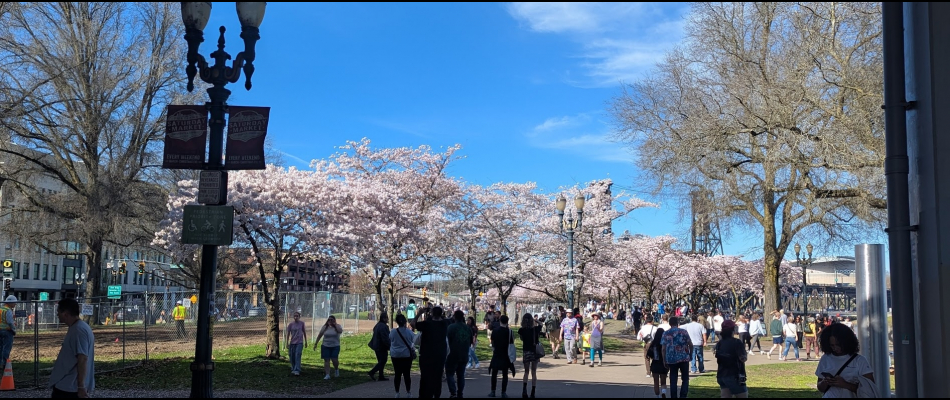
Request for Proposals: PSU Pactrans Projects
The Pacific Northwest Transportation Consortium (PacTrans) is the Regional University Transportation Center (UTC) for Federal Region 10, housed at University of Washington (UW). Each year, PacTrans provides PSU with $150,000 to fund “small research projects.” Those projects must be selected using a competitive, peer-review process. The Year 3 Request For Proposals (RFP) is open now. PSU plans to award no more than three projects. Therefore, individual project requests should range from $30,000 to $70,000.
Abstracts are due May 6, with full proposals due June 3, 2025.
Download the RFP and other relevant documents, and find instructions for how to submit a proposal, on the PSU PacTrans page.
Portland State University's Transportation Research and Education Center (TREC) is a multidisciplinary hub for all things transportation. We are home to the Initiative for Bicycle and Pedestrian Innovation (IBPI), the data programs PORTAL and BikePed Portal, the Better Block PSU program, and PSU's membership in PacTrans, the Pacific Northwest Transportation Consortium. Our continuing goal is to produce impactful research and tools for transportation decision makers, expand the diversity and capacity of the workforce, and engage students and professionals through education, seminars, and participation in research. To get updates about what's happening at TREC, ...
Read MoreEvery time a pedestrian pushes a button to cross the street, it creates a useful data point about how many people are walking through that intersection. Now, transportation planners and engineers in Oregon have easy access to that data: The newest feature we've added to BikePed Portal is a dashboard that lets you explore the Oregon Department of Transportation (ODOT)'s pedestrian push-button data from all over the state.
ODOT has shared this data with Portland State University (PSU) for use in BikePed Portal, so that users can see where and how people interact with pedestrian crossings at signalized intersections. The dashboard (watch a walkthrough here) is still being developed and is anticipated to eventually include data from more agencies in addition to ODOT.
WHY IS THIS DATA HELPFUL?
Many, if not all, active transportation projects rely on pedestrian volumes to measure pedestrian exposure, or the number of potential opportunities for a pedestrian to be involved in a...
Read moreSpring term classes begin March 31 at Portland State, and there are a good selection of transportation courses available this term. As of March 20, there are still a couple of spots remaining in the Urban Studies Bicycle and Pedestrian Planning course, in which students will work on Better Block PSU community projects. Check out the listings below to see what else is on offer at PSU this Spring.
Not a current PSU student? You can still take a course: Anyone interested can register for classes through the non-degree application process, as a post-baccalaureate student, or for free if you're a senior citizen. Taking a course can be a good way to see if one of our graduate degree programs is right for you.
Urban Studies and Planning (USP)
...
Read moreCan changing the timing of traffic signals improve pedestrian safety?
Portland State University (PSU) researchers want to find out. To help make Oregon's road safer for everyone, the university is launching a new study. Funded by the Oregon Department of Transportation (ODOT), the project is led by Sirisha Kothuri of PSU and Patrick Singleton of Utah State University.
Many states, including Oregon, are adopting the Safe System approach to improve traffic safety. One key element of this approach is safer speeds.
Most pedestrian crashes occur on higher-speed, multi-lane arterials. It is generally accepted that automobile speeds play an important role in safety: The faster a car is traveling, the greater the risk of severe injury to vulnerable road users (like people who are walking or bicycling) in a collision.
To manage speed in the urban environment, one emerging strategy is to use traffic signals. Traditional traffic signal timing strategies have prioritized vehicle travel at the expense of other users such as pedestrians, and do not directly account for the safety of road users.
Traffic signal control strategies to improve safety and the pedestrian experience exist, but few have been evaluated for their effectiveness. Strategies include reducing cycle lengths, adjusting signal timing based on traffic volumes, time of day schedule...
Read moreThe Better Block PSU program at Portland State University (PSU) has opened our annual call for community organizations to reimagine their streets and underused public spaces in a way to bring people together and reclaim it for their community’s future.
Fill out the project inquiry form by March 10 to submit your project idea!
A partnership between the public spaces advocacy nonprofit Better Block PDX and the Transportation Research and Education Center (TREC) at PSU, students in the Better Block PSU program have developed plans and designs for many community-driven projects that promote equitable placemaking, community building, and active transportation–including the well-known Better Naito project. What began as a PSU student-led initiative for safer and higher capacity bicycle and pedestrian facilities along the Waterfront Park, has gained so much public support that it was ...
Read morePedestrians are unlikely to use a marked crosswalk if it is too far out of their way. So how far is too far?
Like so many other things in transportation engineering, the answer is dependent on the context. In this case, variables may include the surrounding roadway characteristics, traffic, and the type of crossing facilities that are available. A pedestrian's decisions can also be affected by how far they are walking, how many streets they have to cross, and other factors.
Researchers at Portland State University (PSU) are embarking on a new study to determine the optimal spacing between marked crosswalks.
Based on their findings, the team will create a tool to inform transportation agencies when to add marked crosswalks (also known as zebra crossings) at unmarked intersections and midblock crossing locations.
Funded by the National Cooperative Highway Research Program (NCHRP), the research team is led by the University of North Carolina at Chapel Hill and includes the University of New Mexico; Joe Broach, Sirisha Kothuri and Nathan McNeil of PSU; and Rebecca Sanders of Safe Streets Research & Consulting.
WHY IS THE RESEARCH IMPORTANT?
An estimated 6,205 pedestrians were killed in traffic collisions in the United States in 2019, and over 80% of those pedestrian fatalities occurred at unmarked midblock locations.
To reduce fatalities and injuries, agencies need to...
Read moreTwo Portland State University students were awarded Dwight D. Eisenhower transportation fellowships this month at the 104th Annual Meeting of the Transportation Research Board (TRB). Kayla Sorenson and Ana Tijerina Esquino, both graduate students in the Maseeh College of Engineering and Computer Science at PSU, were presented with the awards by the US Department of Transportation (USDOT). This was the second Eisenhower for Sorenson, who also received the fellowship last year. See below for a short interview with each of the PSU Eisenhower Fellows, and if you missed TRB this year, check out some of the PSU research highlights.
Ana Tijerina Esquino
ana.jpeg
One of the most common locations for fatal motor vehicle–bicyclist crashes is at intersections. A newly published report offers guidance for improving intersection safety, especially in situations where a bike is traveling straight through an intersection and a car is turning across the cyclist's path.
The objective of the study was to develop guidelines and tools for transportation practitioners to reduce and manage conflicts between bicyclists and drivers turning at signalized intersections.
"Reducing Conflicts Between Turning Motor Vehicles and Bicycles: Decision Tool and Design Guidelines" was funded by the National Cooperative Highway Research Program (NCHRP), a program of the National Academies of Sciences, Engineering, and Medicine. The research was led by Toole Design in partnership with Portland State University (PSU), Safe Streets Research and Consulting (SS) and Oregon State University (OSU). The PSU team members were Chris Monsere, Sirisha Kothuri and Jason Anderson of the Maseeh College of Engineering and Computer Science, and Nathan McNeil of the Transportation Research and Education Center (TREC).
WHAT DID THE RESEARCHERS STUDY?
The research team conducted crash analysis, video-based...
Read moreSeveral Portland State University (PSU) students worked on research projects that will be shared at the 2025 Annual Meeting of the Transportation Research Board (TRB). We're proud to have high-caliber students at PSU who are contributing to the discussion and technology transfer at the largest transportation conference in the world. See below for a quick look at each student, and check out the PSU program for more details!
Evan Howington
Session: Emerging Topics in Bicycling and Micromobility
Evan Howington is a master's student in urban and regional planning. He currently works as a Graduate Research Assistant (GRA) at TREC, supporting faculty advisors John MacArthur and Nathan McNeil.Evan will be presenting research in a lectern session on...
Read moreThe 104th Annual Meeting of the Transportation Research Board (TRB) will take place in Washington, DC. from January 5–9, 2025. Faculty and students from Portland State University (PSU) will be sharing their research and expertise across multiple sessions at the event, which typically attracts over 13,000 attendees each year, making it one of the largest gatherings of transportation professionals and researchers in the world. See below for a few highlights from sessions involving PSU faculty, and check out our student feature story to see what PSU students are doing at TRB. For a full list of sessions with PSU presenters, see the PSU at TRB 2025 Program.
Data Showcase: PORTAL and BikePed Portal
PORTAL and BikePed Portal will both be featured in a lectern session on January 8 at 3:45 PM- 5:30 PM: Visualization in Transportation Lightning Talks.
Portland State University's Transportation Research and Education Center (TREC) maintains two large, public transportation data lakes: ...
Read moreWinter term classes begin January 6 at Portland State, and there are some exciting transportation courses available this term. Not a current PSU student? You can still take a course: Anyone interested can register for classes through the non-degree application process, as a post-baccalaureate student, or for free if you're a senior citizen. Taking a course can be a good way to see if one of our graduate degree programs is right for you.
Check out the listings below to see what's on offer at PSU.
New Program: Urban Studies and Planning Bachelor + Master (B+M)
The Toulan School at Portland State University has recently added a new enrollment option called the Urban Studies and Planning Bachelor + Master (B+M) Program. The B+M allows junior- and senior-level students enrolled in the undergraduate Community Urban Studies and...
Read more
